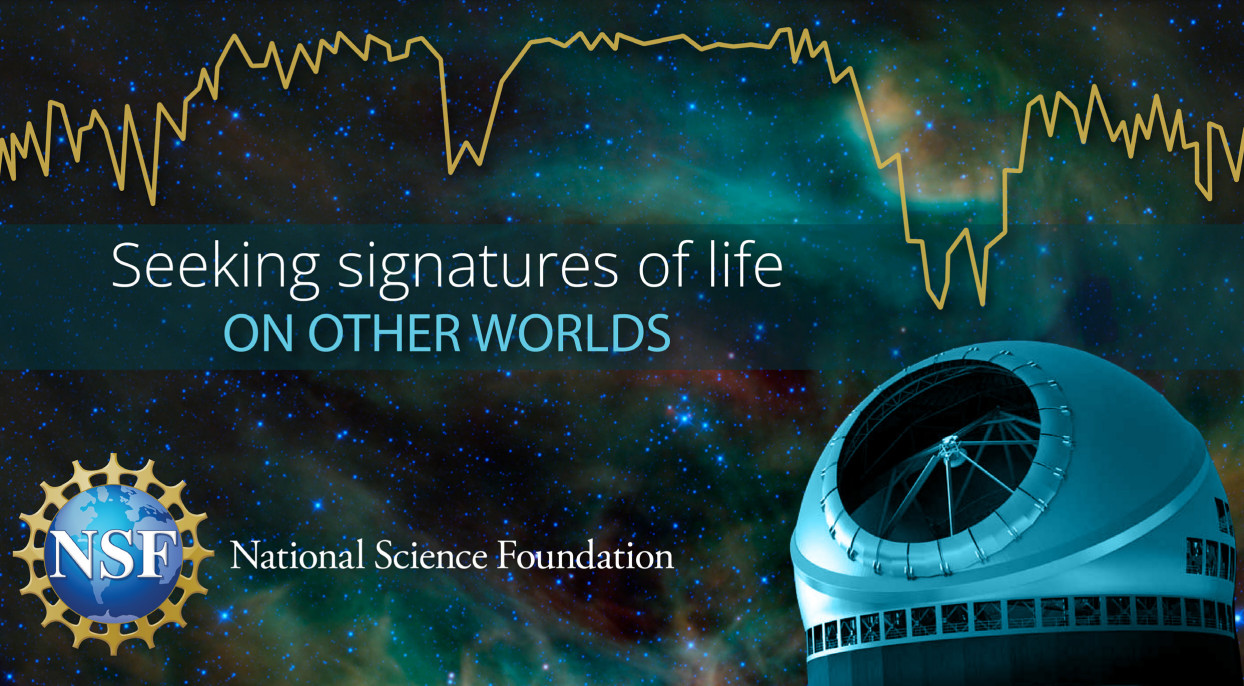(BIVN) – Three years after attempts to begin construction of the Thirty Meter Telescope on the summit of Maunakea were halted, the National Science Foundation is planning to hold meetings on its involvement in the international astronomy project.
On Tuesday, a “Notice of Intent” was posted to the Federal Register, as the National Science Foundation announced it is looking to prepare an Environmental Impact Statement and initiate a Section 106 Consultation for its potential investment in the TMT project.
In the Notice, the NSF said it plans to host four in-person public scoping meetings, all on Hawaiʻi island, from 6 p.m. to 8 p.m. at the following locations and dates:
- Hilo – August 9, 2022, at the Grand Naniloa Doubletree by Hilton Hotel, Crown Room, 93 Banyan Dr., Hilo, HI 96720.
- Naʻalehu – August 10, 2022, at the Naalehu Community Center, 95-5635 Hawaii Belt Rd., Naalehu, HI 96772.
- Kona – August 11, 2022, at the Outrigger Kona Resort & Spa, Kaleiopapa Convention Center, 78-128 Ehukai St., Kailua-Kona, HI 96740.
- Waimea – August 12, 2022, at the Kahilu Town Hall, 67-1182 Lindsey Rd., Kamuela, HI 96743.
From the introduction of the Draft Community Engagement Plan:
The National Science Foundation (NSF) is conducting an environmental review to evaluate potential environmental (including cultural) impacts associated with a proposed NSF investment in the construction and operation of a United States (U.S.) Extremely Large Telescope (ELT), or US-ELT, to be located in the Northern Hemisphere. Because the only proposed ELT that is located in the Northern Hemisphere is the Thirty Meter Telescope (TMT), and because many people who have a connection to Maunakea, Hawaii, have strong viewpoints about whether TMT should be built there, NSF has decided to go beyond the legal requirements of the National Environmental Policy Act (NEPA) and Section 106 of the National Historic Preservation Act (NHPA) (Section 106) in its environmental review and provide more opportunities for meaningful public engagement at critical junctures during NSF’s processes. Therefore, NSF has developed this Draft Community Engagement Plan (CEP), which outlines the specific ways NSF seeks to promote effective and meaningful public engagement during its review. Because the preliminary Action Alternatives to be studied in this environmental review include only one location in the U.S., where the NEPA and Section 106 requirements apply, this Draft CEP has been developed specifically for that location (Maunakea, Hawai‘i Island, Hawaii).
This Draft CEP begins with an overview of NSF’s Informal Outreach Effort, which began in August 2020 and concluded at the end of November 2021. This informal engagement initiative with people who have a connection to Maunakea provided NSF with valuable insights into the widely diverse viewpoints about Maunakea and TMT. The information learned through this comprehensive outreach initiative helped provide a starting point for this Draft CEP.
Following the discussion of NSF’s Informal Outreach Effort is a brief description of the two major components of NSF’s environmental review that include legal requirements for public participation, NEPA, and Section 106. The requirements mandated by these federal statutes comprise the baseline for public engagement from which NSF will add opportunities for further public participation during its environmental review. The balance of the Draft CEP includes specific and additional opportunities for meaningful public engagement.
NSF is committed to taking all reasonable and feasible measures to provide more opportunities for effective and meaningful public engagement during its environmental review. The first such opportunity will be a public comment period on this Draft CEP held concurrently with the scoping phase of the NEPA process. After the close of this public comment period, NSF will review and consider the comments submitted and revise this Draft CEP accordingly.
In addition to the public meetings, comments on NSF’s Draft CEP may be submitted “in writing via the environmental review website, or via postal mail through September 17, 2022” at: beta.nsf.gov/tmt, or by postal mail to:
Ms. Elizabeth Pentecost, RE: ELT
National Science Foundation
Room W9152
2415 Eisenhower Ave.
Alexandria, VA 22314
The National Science Foundation says it will also host a two-to-three day workshop “to create an NSF-facilitated plan to define and practice responsible astronomy in Hawaii.” The NSF says the workshop “will be interactive and primarily focused on fostering collaboration between the Hawaiian and astronomy communities having a mutual connection to Maunakea. Participation by the new Mauna Kea Stewardship and Oversight Authority, the Maunakea Observatories, and Hawaiian cultural practitioners would be ideal for achieving workshop goals.”


by Big Island Video News11:22 pm
on at
STORY SUMMARY
HAWAIʻI ISLAND - The National Science Foundation says it intends to prepare an Environmental Impact Statement for potential investment in the TMT planned for Maunakea.